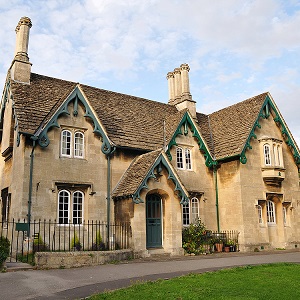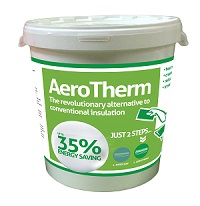
Solid wall Insulation Options
If your home was built before the 1920’s, then it’s external walls are probably built using a single solid wall design, rather than cavity walls where two brick layers with a small gap or ‘cavity’ between them were built. The cavity wall design was intended to provide a protective layer against rain water penetration but in recent decades they have been used to retrospectively incorporate insulation. As solid walls have no gap, they are prone to letting more heat through but improving solid wall insulation is possible – either from the inside or the outside. This has traditionally cost more than insulating a standard cavity wall, but the savings on your heating bills will be bigger too.
Internal or External Insulation?
External wall insulation (EWI) involves fixing a layer of insulation material to the outside of the building, then covering it with a special type of render (plaster work) or cladding. The finished surface will change the external appearance and is not always possible due to planning permission. Costs can rise significantly depending on the complexity of the build.
Internal wall insulation (IWI) is usually done by fitting rigid insulation boards to the wall, or by building a stud wall filled in with insulation material such as mineral wool fibre. Issues with IWI can include:
• Cost – It is generally cheaper to install than external wall insulation but still often over £100/m2.
• Space – It will reduce the floor area, normally by around 100mm.
• Disruption – The installation involves several different stages
• Replacements – IWI requires everything that is fixed to the wall to be removed and reattached, such as skirting boards, door frames, switches, radiator pipes, etc
Dew Point and Condensation
With both these conventional systems, any potential problems with the dew point or condensation need to be considered. The dew point is the point where air meets a temperature that causes the moisture to condense out as water. Insulating the external surface of the wall allows the temperature of the wall to increase, which will push the dew point towards the external surface. Conversely, internal insulation will tend to keep the wall at external ambient temperature and thereby draw the dew point towards the internal surface. If the dew point is too close to the internal surface of the existing wall, moisture can be absorbed by the insulation and create damp patches on the plasterboard. Thus, to help prevent damp penetration, a vapour control layer will need to be installed.
Synthetic Insulation or Rigid foam board can reduce or eliminate air movement across its internal surface, which may lead to the creation of condensation problems for the property.
A Revolutionary Alternative
Only 4% of solid wall properties in the UK have had internal or external wall insulation fitted. Considering the above, it is easy to see why so few homeowners have installed solid wall insulation. Due to recent advances in micro and nano-technology however, there is now a solution which may well change the way we insulate these hard-to-treat buildings.
AeroTherm is an innovative product that takes advantage of new reflective technology to offer a different form of insulation. By absorbing and emitting heat in an ultra-thin coating, it is able to restrict heat transfer into the building structure by instantly dissipating and reflecting radiant energy through the coating and back into the room. This process creates a warm surface which is constantly balancing the thermal transfers within the room to offer the home owner a pleasant thermal comfort whilst using less energy.
AeroTherm is also a breathable material and so allows the building fabric to continue to breathe naturally as it was intended. As the AeroTherm also works to create warm walls that balance thermal transfer, then the conditions for condensation and subsequent mould growth are much reduced to problematic cold spots.
More and more homeowners are finding out about AeroTherm and taking the opportunity to improve the comfort of their homes. Contact us to find out more.
